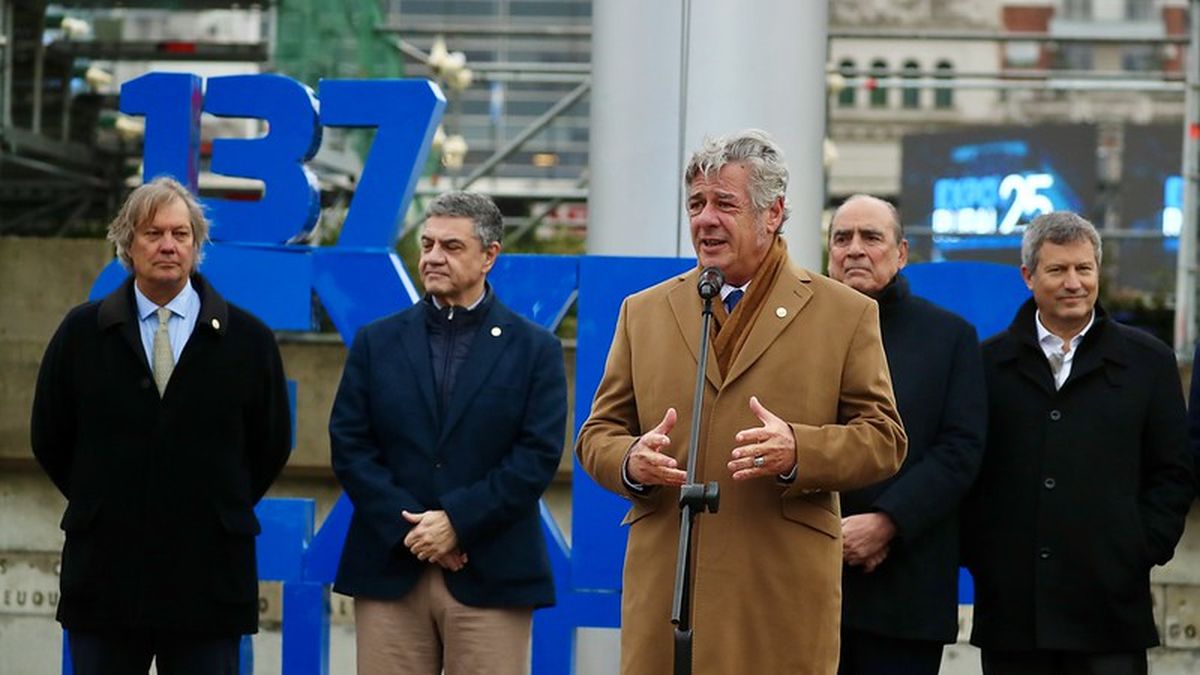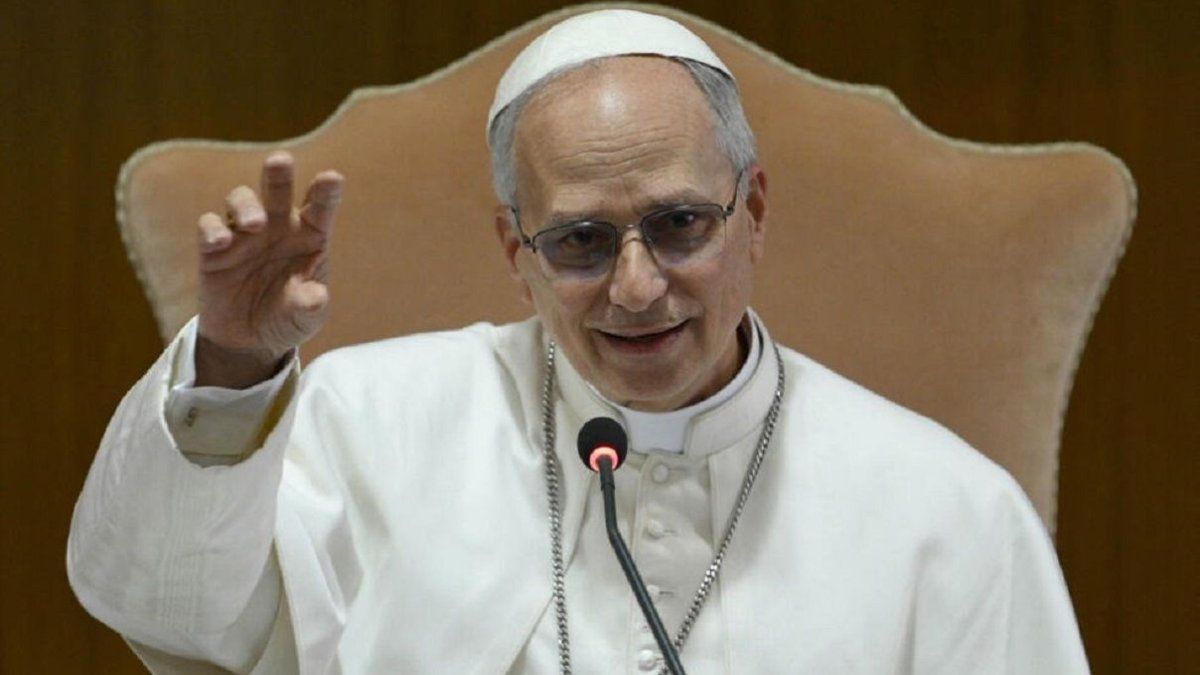hit to the pocket pesos billetera.jpg
The average for this January conforms to the agreements closed by the Union of Workers of Sports and Civil Entities (UTEDYC), the Association of Workers of the Dairy Industry (ATILRA), the Graphics and the Buenos Aires stateamong others.
But the two most important unions that signed their first tranches of the annual parity were the drivers (UTA) and the mechanics (SMATA). Drivers, who gained 13 points compared to the accumulated consumer price index of 2022, signed 29% for the first half of 2023, in line with the official guideline.
On the other hand, SMATA subscribed a quarterly 18.4% that, annualized, and taking into account that the union signs cumulative increases, would be around 96% per year (Mechanics were one of the guilds with the worst performance compared to the price increase in 2022).
Since May of last year, the agreements reached in the joint negotiations, on average, have been registering salary increases with percentages that have been increasing without interruption, according to the survey carried out by the consultancy he directs Lucas Romero. A) Yes, they went from an average 61.4% annual increase in the fifth month of 2022 to 95.5% in November and 105.6% last December.
The work warns that we will have to wait for the months of February and March to be able to have an advance on how the salary dynamics will behave this year.
The study indicates that the Government tries to set a 60% salary guideline to order the distributive bid within the 2023-2024 joint process, which, for the most part, will begin to be discussed and signed as of March. However, consider that “Most of the unions will speculate and wait for the next two official inflation data to analyze whether this pattern is feasible.”
investment taxes parity salary

Pixabay
Last year the race between accumulated and parity inflation ended with most of the large unions losing to the variation in the consumer price index of 2022although – he maintains – with better results than were expected a few months ago.
Only the UTA, the railways and the gastronomy managed to exceed the accumulated 94.8%. the guilds that remained relegated throughout the year were SMATA, state (UPCN), Truckers, and Food (Although in the case of these last two, they already have agreed several increases for 2023 of their parity still in force that will accommodate them better).
Distrust
The report indicates that unionism is wary of the official guideline of 60% for salary increases suggested by the Government. In this regard, he points out that This year’s official guideline “looks much more ambitious than the two previous ones that this same government had tried to impose.”
In 2021, the then Minister of Economy Martin Guzmanpromoted a pattern of salary increases of the order of 29% that was very outdated in the first months of that year that ended with inflation above 50% and salary agreements running at that speed.
Last year, wage agreements had been running at a rate of 50% and the government wanted the agreements to come together at around 40%. Inflation in February of last year (4.7%) “brought this pattern into crisis” and inflation for the year ended up being 94% “with agreements that required several revisions, including an advancement of parities decreed by the Government in May that allowed wages to defend themselves from the inflationary flash of March-April 2022”.
The current proposal looks more ambitious than the two previous ones when observing the distance between the official guideline and the speed at which salary agreements are running, he affirms Synopsis. Last year there were 13 percentage points between the guideline of 40% and the average of salary agreements that were at 52.9%. This year the difference is 40 percentage points, which is the distance between the guideline of 60% and the average number of salary agreements that we recorded in January of around 100%.
average evolution salary agreements 2022 2023 synopsis.jpg

Source: Ambito




